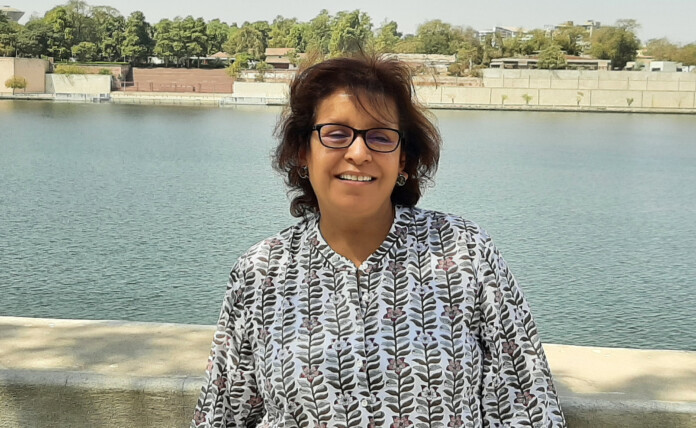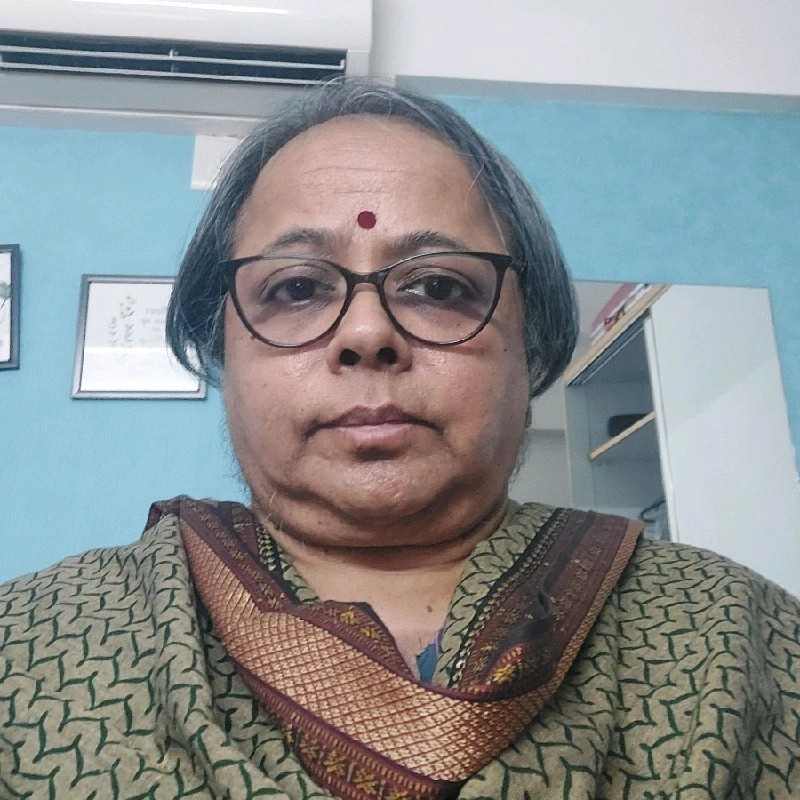A drop of water, if it could write its own history, would explain the universe to us.
– Lucy Larcom, American teacher, poet and author
A digital museum about water! When Dr Sara Ahmed floated this idea among friends and colleagues more than seven years ago, she faced scepticism. But having been engaged in water in all its dimensions for 30 years, the project was dear to her heart. She launched the digital Living Waters Museum in early 2017 at the Centre for Heritage Management at Ahmedabad University.
The Living Waters Museum (https://www.livingwatersmuseum.org/) is the first digital museum on the theme of water in the country. Its main objective is to make the youth aware of their water heritage and work towards a sustainable, inclusive and equitable water future.
“Our role as a museum was knowledge generation and dissemination through various means – website content, exhibitions, workshops, cultural events, heritage walks, outreach activities in educational institutions, and other activities surrounding water,” says Sara. In her vision, a museum can be an agent of social and behavioural change.
The museum leverages the power of storytelling and technology to celebrate India’s water heritage and inspire the youth to bring about change.
Currently, the museum is housed at the Centre for Water Research at the Indian Institute of Science Education and Research (IISER), Pune, where Sara is an adjunct faculty. The Living Waters Museum is a founding member of the Global Network of Water Museums (WAMU-NET), endorsed by UNESCO’s Inter-governmental Hydrology Programme in 2018.
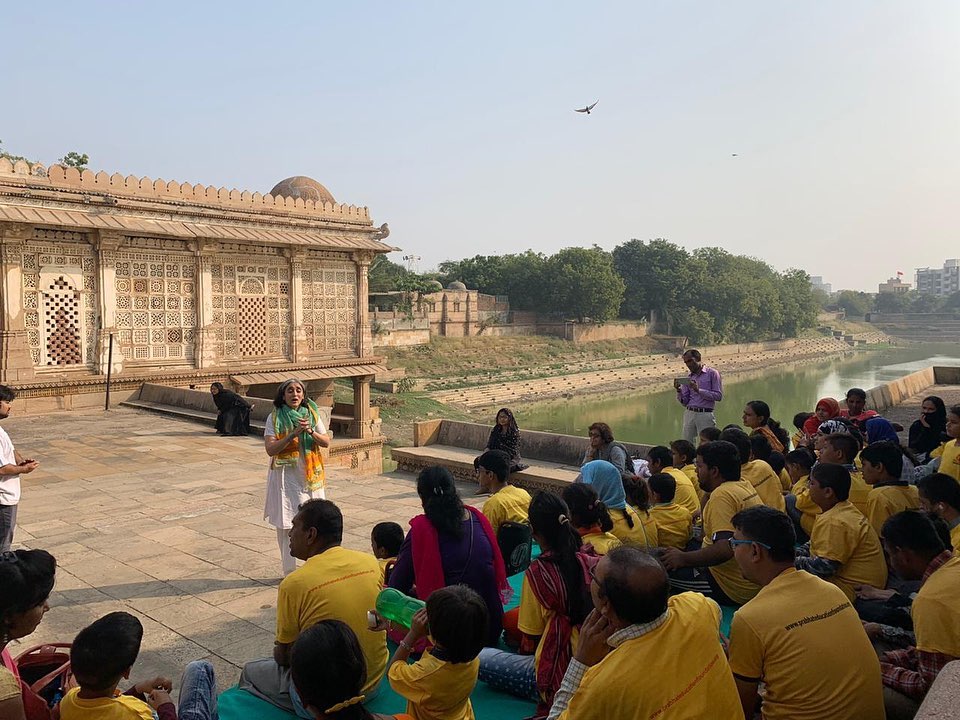
Deep interest in water issues
How did she get interested in water issues? “I went to school at Woodstock in Mussoorie in the early 1980s. I recollect being taken to the under-construction Tehri Dam. As students, we interacted with activists protesting against the dam. My school triggered an interest in me in the environment, forest and water resources, and how they were shared and used,” she says.
Her friend, Basia Irland, who is an artist, has been the inspiration behind Living Waters Museum. Basia came to India in 2004 and together they visited stepwells in Gujarat and Rajasthan. They even contemplated setting up a physical museum in a stepwell but that would have been very expensive and would have required clearances.
So, Sara decided to begin by creating content – collecting stories around water. The main advantages of a digital museum are that it can be ‘located’ anywhere, you can engage a wider audience, and it is interactive. This way the diverse water concerns across the country can be addressed, she explains.
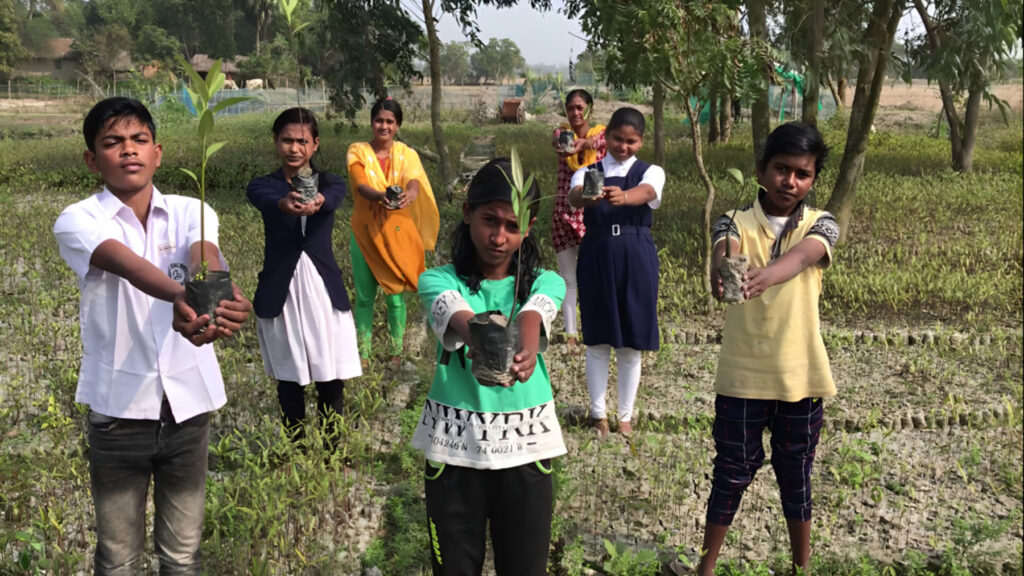
A ‘living’ museum
“I have received criticism about using the term ‘living’ in the name of the museum. Critics have said museums are related to inanimate objects. But I disagree. Firstly, water is one of the most important resources and is a source of life. Our bodies are at least 60 per cent water. Water is also intrinsically linked to livelihoods be it farming, industry, or the crafts. Also, the concept of a museum has been evolving and is fluid. Just like water. That’s another reason for the word ‘living’ in the name of the museum,” explains Sara.
“When I started, I had no blueprint to look at. Now, there are so many water festivals being held across the country. I spent the first year giving talks in India and abroad on what a water museum could be, the power of a digital museum, and why the relationship between water and the arts is so important,” she says.
Building narratives
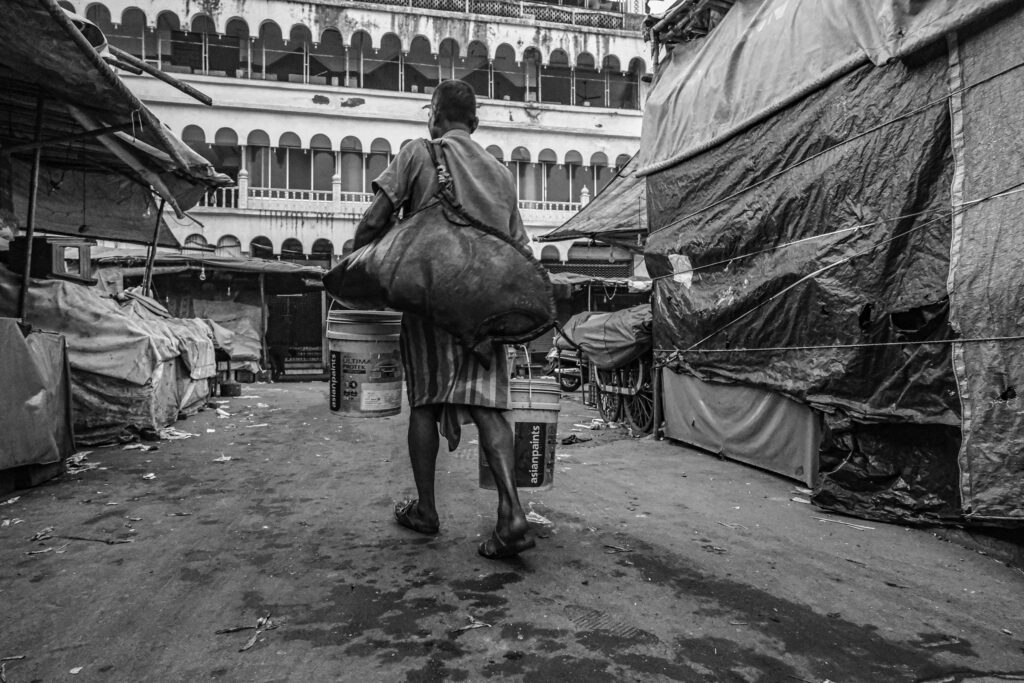
The museum has a repository of over 100 stories related to water. The stories explore the rivers of India, community and livelihoods, water and the arts, design and architecture, traditions, rituals and practices, and ecology and nature.
Among the topics covered in the stories are – life on the floodplains of the Yamuna in Delhi, the Indus in Ladakh, where the river ends in Assam, ‘bhistis’ (water carriers), the saltpans in Kutch, the ‘kulams’ (tanks) of Tamil Nadu, the ‘kenis’ (shallow wells) of Kerala, ‘ahar-pynes’, a participatory irrigation technology used in Bihar, and marine litter.
The website content is adapted when it is taken to schools and made more child-friendly. The museum is not just about the website. Education and outreach are critical activities, asserts Sara.
“Whenever we accept a story idea, we set up an inclusive framework for the writer to look at equity issues like gender and caste,” says Sara. In the exhibition of Mumbai’s water history ‘Confluence’, there were stories on human rights and water. One of the stories relates how, in 1927, Dr B.R. Ambedkar led thousands of Dalits to drink water from a common water source (a lake) in Mahad, a village in Maharashtra.
Projects in the pipeline
“We have a few projects in the pipeline. At Woodstock School, our work on water has stimulated interest among students and faculty,” Sara says. As part of a course on environment and social studies, class 10 students documented several local water issues.
We are also going to look at what the school is doing in terms of water use and how we can support efforts at water conservation and sustainability. We hope to build the ‘Mussoorie Water Narratives’ with help from local partners and NGOs in Dehradun such as CEDAR (Centre for Ecology Development and Research), and alumni around the world.
“As Living Waters Museum looks to the future, we hope to strengthen institutional sustainability, build leadership, and develop new partnerships. In Goa, we will be exploring several water challenges through local research fellowships with institutional partners. And similarly, in the coastal region of Tamil Nadu, work on visualizing the impact of climate change on the local communities has started,” Sara says.
This is an abridged version of an article that was published on ‘30 Stades’ website in May 2023. The link to the original article is given below:
Aruna Raghuram is a freelance journalist based in Ahmedabad. She writes on women’s issues, environment, parenting and social enterprises.


